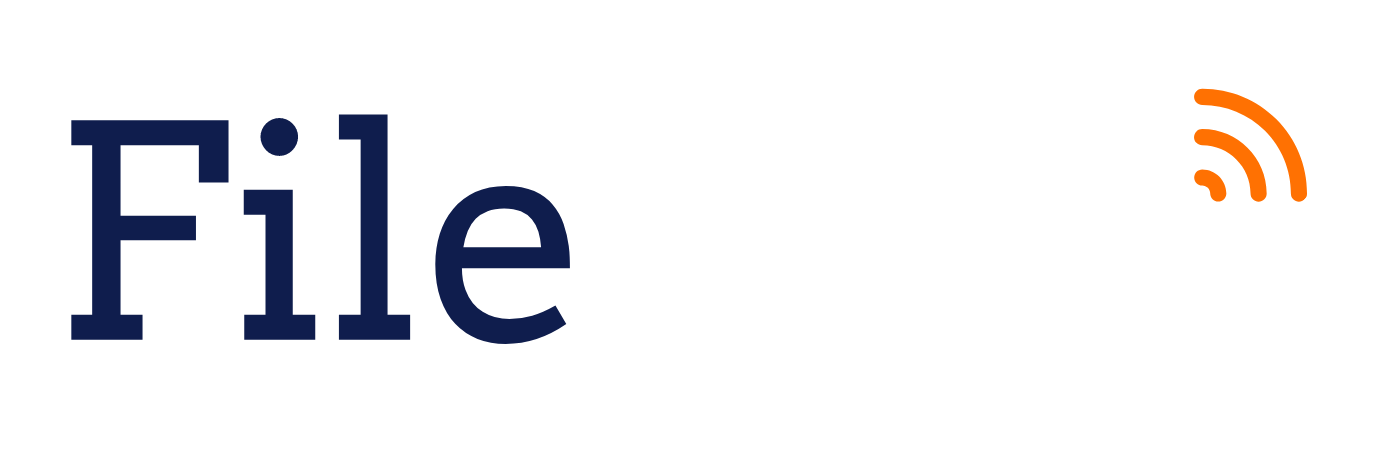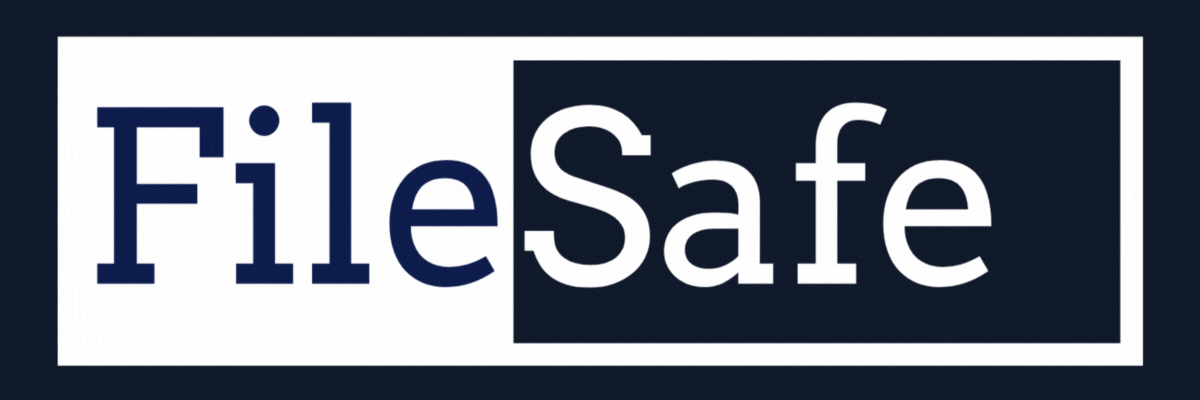In the rapidly evolving landscape of digital media, video transcoding stands as a cornerstone technology, gaining increasing significance with the growing prevalence of online video consumption. Whether you’re a content creator, a streaming service provider, or simply fascinated by the mechanics of video delivery, understanding the intricacies of video transcoding is pivotal. This comprehensive guide aims to provide insights into the concept of video transcoding, its importance, the technologies it employs, and the challenges it confronts.
What is Video Transcoding?
Video transcoding is the process of converting video files from one format to another while optimizing them for different devices and network conditions. This transformative procedure ensures that your videos are accessible to a wider audience without compromising on quality.
Video transcoding, in essence, is the process of converting a video file from one format to another. This conversion is necessary to make the video compatible with a diverse array of devices, internet speeds, and resolutions. For example, when uploading a video to a platform, transcoding ensures it can be seamlessly streamed on mobile phones, tablets, computers, and smart TVs.
Why is Video Transcoding Important?
Adaptive Streaming: Video transcoding enables adaptive streaming, a technology that dynamically adjusts video quality to match the viewer’s internet speed, ensuring a smooth and uninterrupted viewing experience.
Compatibility: Different devices and platforms support various video formats and codecs. Transcoding ensures universal accessibility of your video content.
Bandwidth Efficiency: Transcoding reduces video file size without compromising quality, crucial for viewers with limited bandwidth.
Enhanced User Experience: Video transcoding contributes to an improved user experience by eliminating buffering issues, playback interruptions, and compatibility challenges.
Key Technologies in Video Transcoding
Codecs: Essential for video compression and decompression, popular codecs like H.264, H.265 (HEVC), and VP9 offer varying advantages in terms of quality and file size.
Container Formats: MP4, WebM, and MKV are container formats that house video and audio streams within a single file, impacting compatibility with different devices and players.
Adaptive Streaming Protocols: Technologies like HLS (HTTP Live Streaming) and DASH (Dynamic Adaptive Streaming over HTTP) enable adaptive streaming, optimizing video quality based on the viewer’s internet connection.
Challenges in Video Transcoding
Transcoding is not without its challenges. Balancing video quality with file size, managing encoding times, and handling different resolutions are common hurdles. The choice of codecs and formats can also impact the overall transcoding process.
Best Practices for Video Transcoding
For content creators and video distributors, consider these best practices:
Choose the Right Settings: When uploading videos, select settings aligned with your target audience’s preferences, including appropriate codecs and resolutions.
Maintain High-Quality Source Files: The quality of the original video source is crucial for optimal results during transcoding.
Conclusion
Video transcoding is a crucial element in ensuring seamless and reliable video playback across various devices and network conditions. It plays a vital role in modern media delivery, enhancing the user experience and expanding the reach of video content. Whether you’re a content creator, a video platform provider, or simply curious about the technicalities of video, understanding transcoding is key to delivering an exceptional video experience in our digital age.
FileSafe’s Transcoding Process
In the realm of secure video transcoding, FileSafe utilizes a meticulous process to ensure videos are not only secure but also optimized for diverse devices and network conditions.
Secure HLS Encoding and Adaptive Resolutions:
FileSafe employs secure HLS (HTTP Live Streaming) encoding to protect your content while offering the best viewing quality. The platform automatically transcodes your videos into multiple resolutions:
360p: Ideal for viewers with limited bandwidth or smaller screens.
480p: A versatile resolution suitable for most viewing conditions.
720p: High-quality video for larger screens and faster connections.
HLS Security:
FileSafe prioritizes your content’s security with advanced HLS security measures, safeguarding your videos during both storage and transmission.


